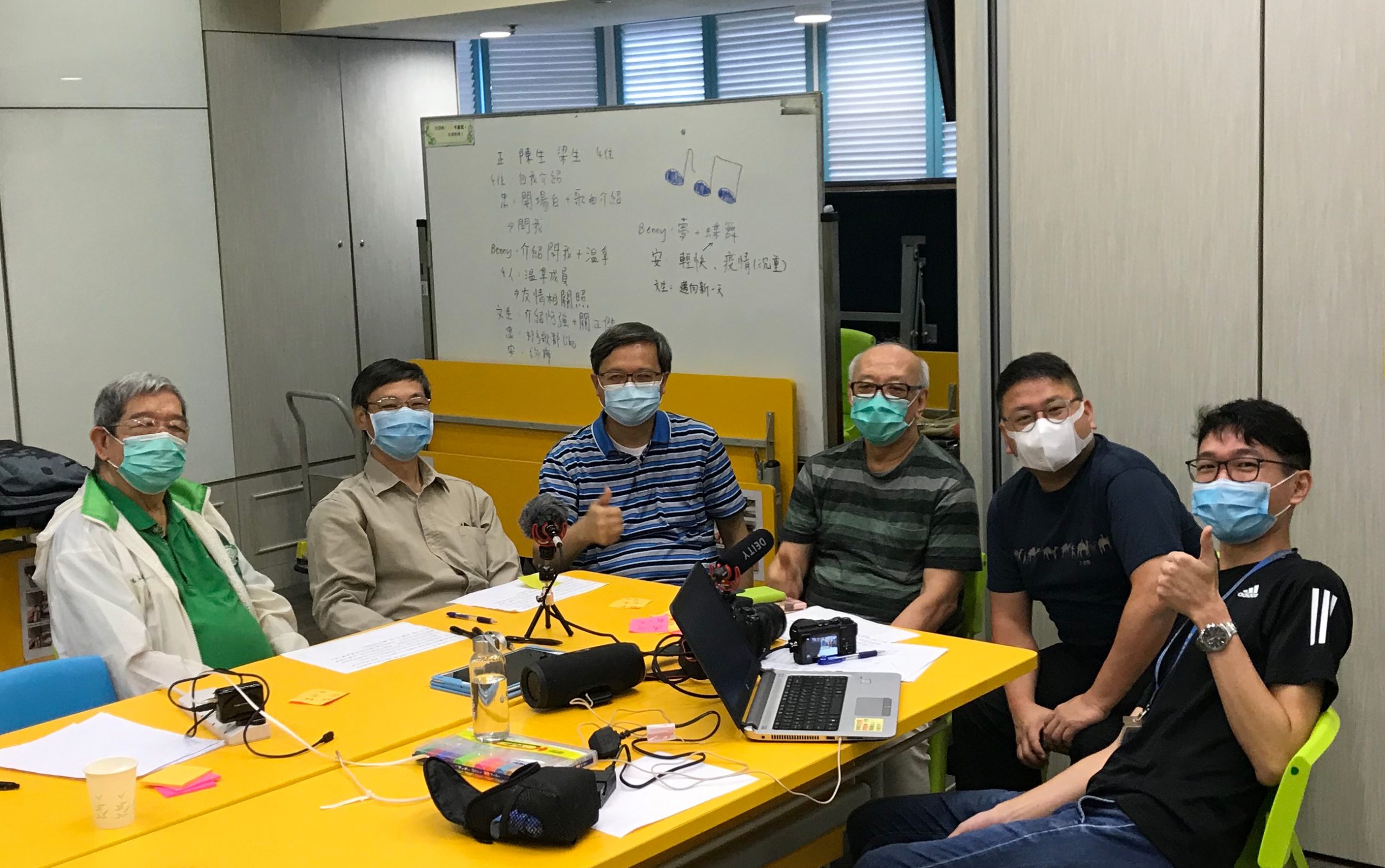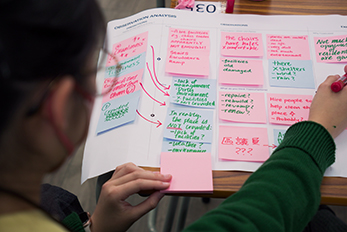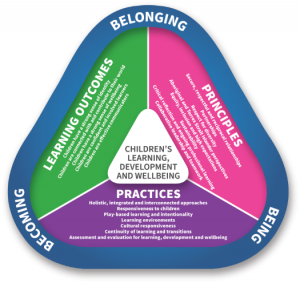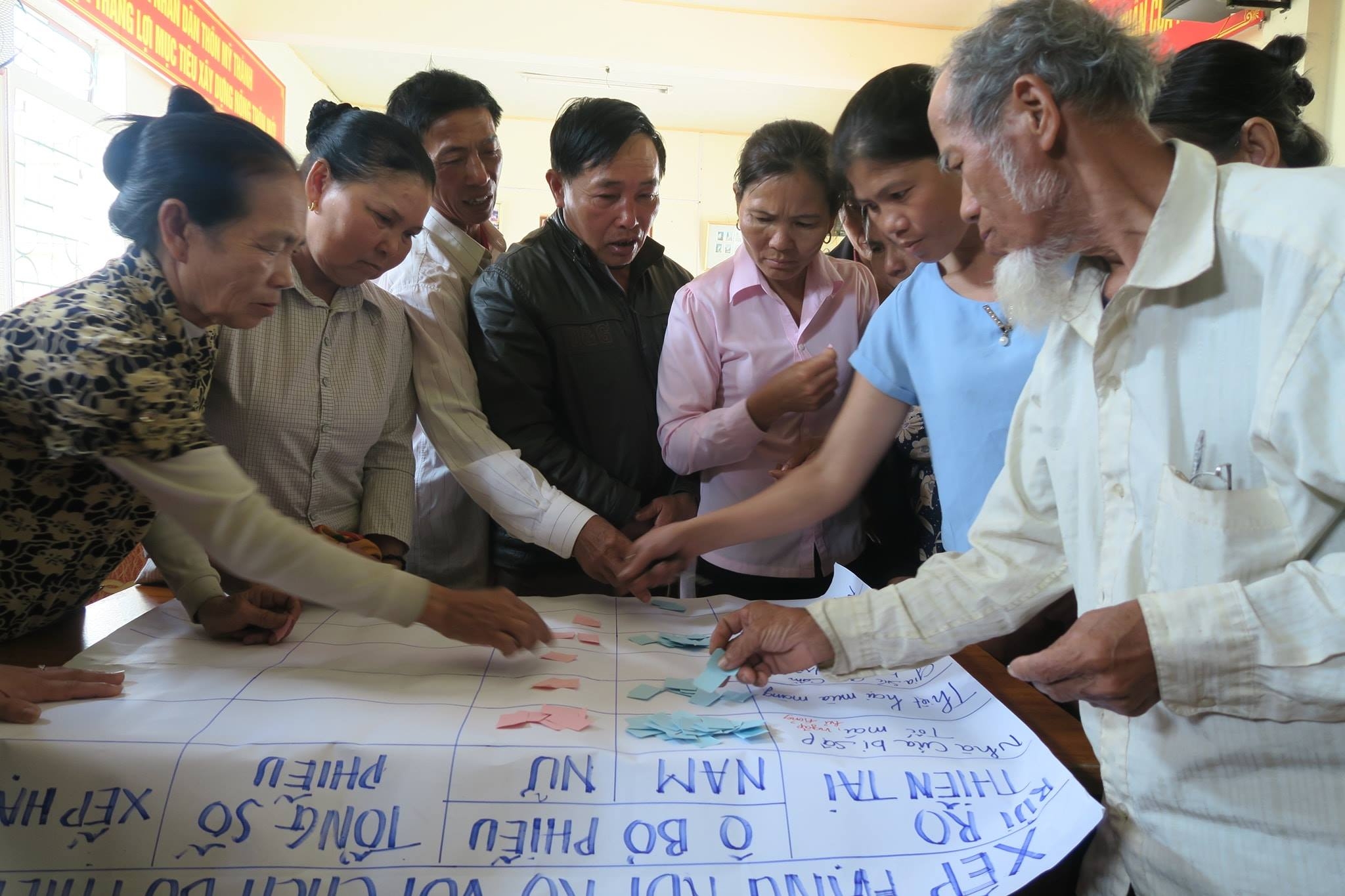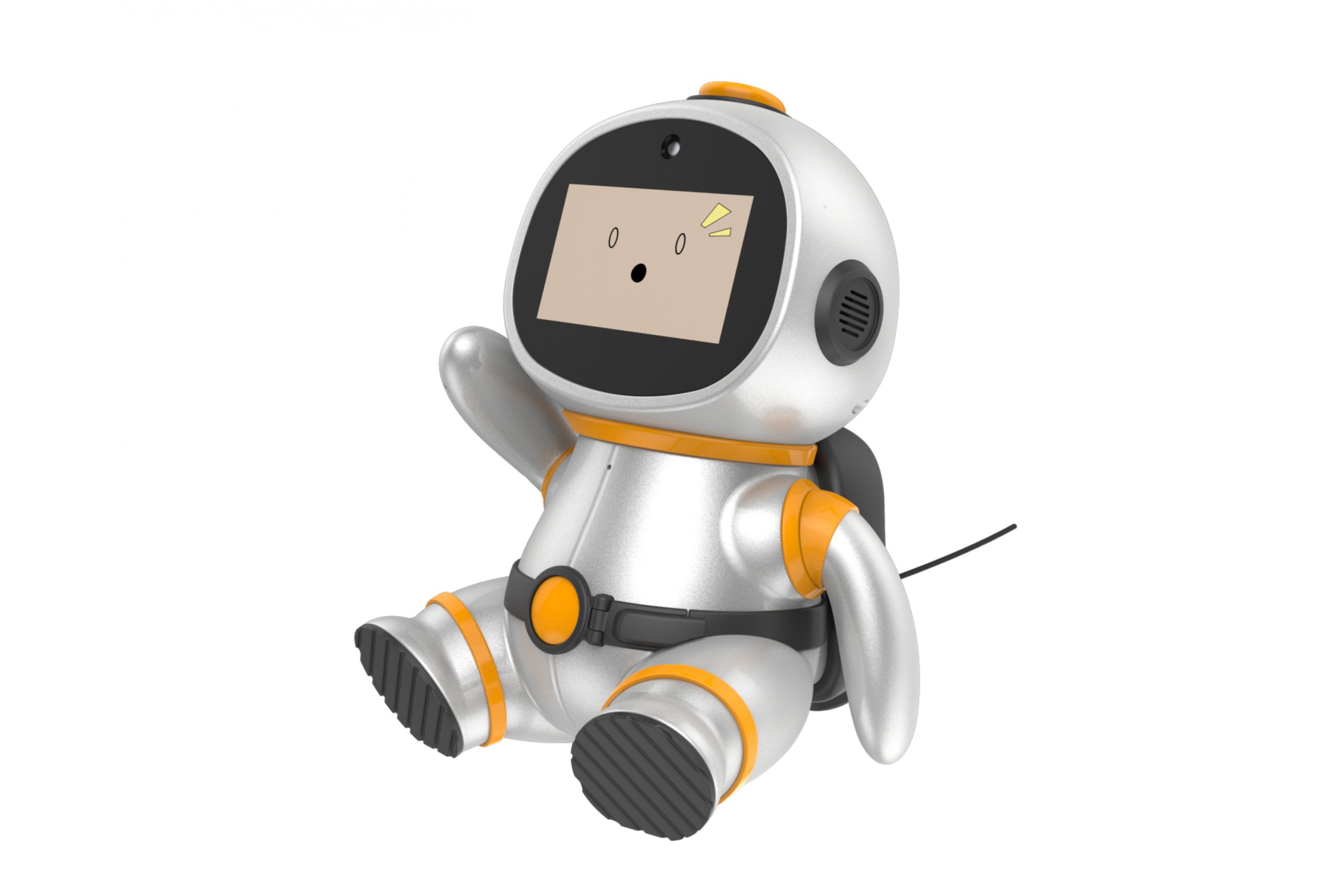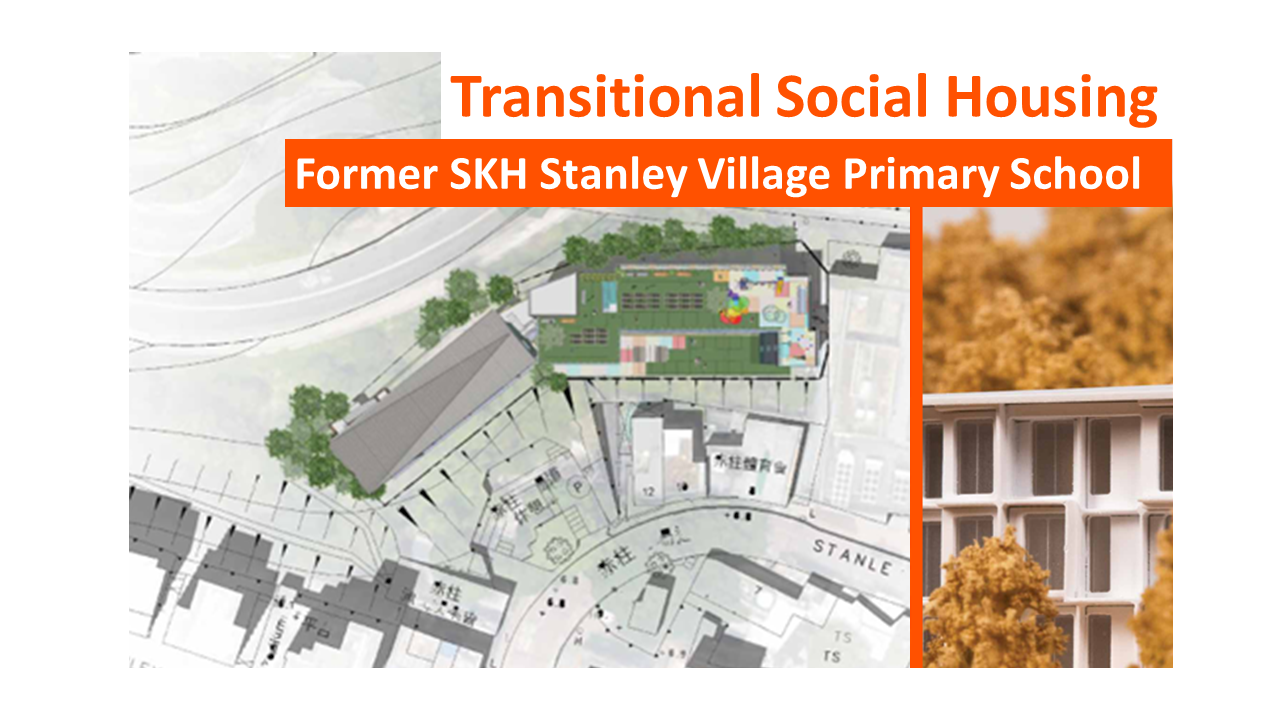Overview
With the rapid ageing of the population, elderly centres are struggling to cope with many elderly individuals and the changing backgrounds of these seniors. To make services more aligned with the needs of elderly members and to innovatively address the challenges faced by elderly centres, from 2019 to 2021, the Jockey Club Design Institute for Social Innovation (J.C.DISI) at The Hong Kong Polytechnic University collaborated with the Haven of Hope Christian Service’s Elderly District Services and design consultant Wholly Wholly (referred to as the project team) to pilot the “Silver Age DJ” project. This initiative involved elderly members as activity organisers, using an online music broadcast activity to encourage seniors to organise activities independently and attract passive members to participate.
Outcomes
In the “Silver Age DJ” project, seniors independently organized the DJ program “Voices of Tuesday,” broadcasting over 30 episodes. During the program’s broadcast, listenership steadily increased, and the overall production skills of the elderly hosts improved. The activity also expanded from male members to include female participants. The project developed a Silver Age DJ starter kit, promoting the development of processes in elderly centres to encourage seniors to organise activities independently, which can serve as a reference for other centres.
Process
Inspiration
At the project’s outset, the team visited the Haven of Hope Elderly District Service Center. The visit revealed that seniors were no longer just passive recipients of services; they also provided feedback on services and participated in discussions and planning of centre affairs. Additionally, male centre members were less active in signing up for activities and were more passive. In response to the centre’s unique background, the project team set the design challenge as “encouraging seniors to organize activities independently and motivating passive members to participate.”
The elderly centre also suggested actively exploring how to better utilise technology to serve seniors, in line with their increasing educational and skill levels. The project team and the centre attempted to make good use of existing technology to connect with seniors, providing more diverse services and activities to meet the varied needs of the new generation of seniors.
Ideation
In the early stages, the project team organised co-creation workshops, inviting public participants and centre staff to form co-creation groups to discuss and experiment with the design challenge. Members of the co-creation workshop suggested that the centre could try changing its role from a service provider to an activity facilitator, taking on a coordinating and supporting role, and encouraging seniors to actively plan activities that match their interests and abilities while continuously improving the effectiveness and quality of self-organised activities. To encourage passive members to participate, the co-creation group also proposed establishing a “Wanderers Club” space exclusively for men, where active male members could independently organise activities, they are passionate about, using peer relationships to engage passive male members.
After reviewing the experimental results of the co-creation workshop groups, the project team suggested integrating the solutions from various groups. They used a DJ music broadcast activity to achieve the dual goals of encouraging seniors to organise activities independently and attracting passive members to participate. They also experimented with virtualising the activity, moving away from limiting activities to physical settings and instead using technology to conduct them remotely in different locations.
Implementation
Due to the pandemic, the DJ music broadcast activity shifted from using the centre’s broadcast system to recording and uploading programs online. During the design process, the project team attempted to change the roles of centre staff and seniors, making seniors the main organisers of activities while staff acted as observers and facilitators. The project team, along with seniors and centre staff, discussed the format of the broadcast program, with seniors primarily suggesting program themes and content. It was ultimately decided to have a music broadcast program, “Voices of Tuesday,” every two weeks, each lasting 20 minutes, recorded by seniors and uploaded online, inviting centre members to listen.




